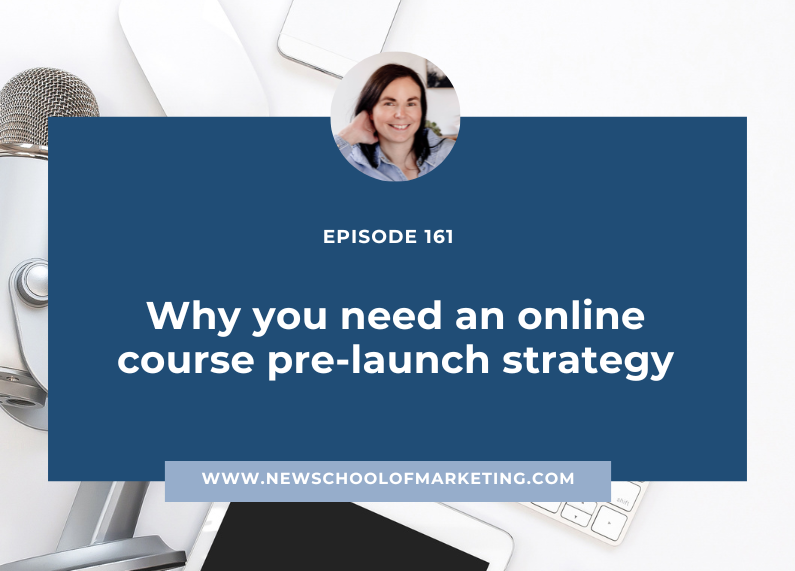
The first step to successful marketing is to know your ideal client. Without knowing your ideal client, your marketing won’t be targeted and it will be like throwing mud at a wall to see what sticks.
You need to know your ideal client so intimately that you can pick them in a crowd of thousands.
You need to know your ideal client better than they know themselves.
You need to know your ideal client the way you know your best friend, including their deepest secrets.
The process of getting to know and understand your ideal client isn’t always an easy one, but with my help you will hopefully be able to find your ideal client and know how to speak to them in a way that resonates.
Let’s first look at what an ideal client is.
The concept of an ideal client is quite straightforward. Your ideal client is someone who gets their exact needs met by what you are offering. I’d like to take it one step further and add that your ideal client is one who lights you up, it’s that exact person you love helping and working with.
Let’s take the example of a photographer. Using the simple definition, the photographer’s ideal customer would be anyone who has even remote interest in getting their photos taken.
As you can see this is a very broad audience.
However, this photographer specializes in wedding photography for same sex couples. So, she’s probably not going to focus on photographing school groups. Instead, she’ll focus her time and energy on engaged, same sex couples, most likely aged between 25 – 40, living in an urban area with a disposable income. See the difference?
So, yes, your ideal client is someone who benefits from your product or service. But, it’s also defined as someone you most want to target with your marketing and promotions based on your current business situation.
A lot of the time your existing customers could be your ideal ones, but this isn’t always the case.
In a perfect world, your ideal customer is someone who sees tons of value in your product or service, but will also help move your business in the direction you want to go.
So how do you identify and find your ideal customer?
1: Know your product/service
The first step is to start with your own business. You need to have deep knowledge of your business from your customer’s point of view. What exactly do you do for your customers? What problem do you solve for them? Why should your customers come to you?
Look at your business through your customer’s eyes.
2: Identify your goals
The next step is to determine what it is that you’re trying to achieve. What are your goals?
Determining what specifically you want to achieve will help you alter your strategies when it comes to your customers. Just think—if the photographer set a goal of reaching $100,000 in sales this year, she’s probably going to stay far, far away from photographing school groups where she’d make $5 per photo.
3: Research your ideal customer
The next step is to research your ideal customer and identify key trends in the type of people you want to work with. You’ll be looking for demographics, geographics but also other characteristics and trends.
In the example of our photographer, she might identify that 90% of her clients have tattoos. It’s an identifier for her to get more targeted in her marketing, she could use this information and promote her services through tattoo parlours.
4: Build a customer profile
Now you’re ready to build your customer profile, which shares all of that need-to-know information about who exactly you’re trying to target. Start by listing out all the important commonalities and characteristics of your absolute ideal client.
5: Determine where to find them
The next step is to create a list of where your ideal client could be found. In the example of our photographer she has already identified that the majority of her ideal client has an interest in tattoos so she can promote her work through tattoo parlours. She has also determined that they mostly live in inner city or urban areas so she could seek out cafes where they might spend time.
Do the same for your business to identify all the online and offline places where your ideal client might be spending time.
Identifying your ideal clients can seem like an overwhelming and daunting task. However, it’s an important step in growing and improving your business, and with these five steps, the process doesn’t need to be complicated. Follow along and you’re well on your way to not only reaching new clients—but the right ones.









0 Comments